5 Mouthwatering Recipes from Native American Tribes Traditional Cooking
Have you ever wondered what ancient flavors still dance on the tongues of Native Americans today? 🍽️ Prepare to embark on a culinary journey that will transport you through time and across the diverse landscapes of North America. From the hearty stews of the Plains to the smoky delicacies of the Pacific Northwest, Native American cuisine is a treasure trove of mouthwatering recipes waiting to be discovered.
In a world where fast food reigns supreme, we often forget the rich culinary heritage that lies beneath our feet. Native American cooking isn’t just about sustenance; it’s a celebration of the land, a connection to ancestors, and a testament to survival. These five recipes we’re about to explore aren’t just meals – they’re stories, passed down through generations, each bite a whisper of history.
Are you ready to tantalize your taste buds and expand your culinary horizons? Let’s dive into the world of Native American traditional cooking, where we’ll uncover the secrets of the Three Sisters Stew, learn the art of making authentic Fry Bread, savor the wild flavors of the Great Lakes, and much more. Prepare to be amazed by the ingenuity and flavor-packed simplicity of these time-honored dishes. 👨🍳👩🍳
Unveiling the Rich Flavors of Native American Cuisine
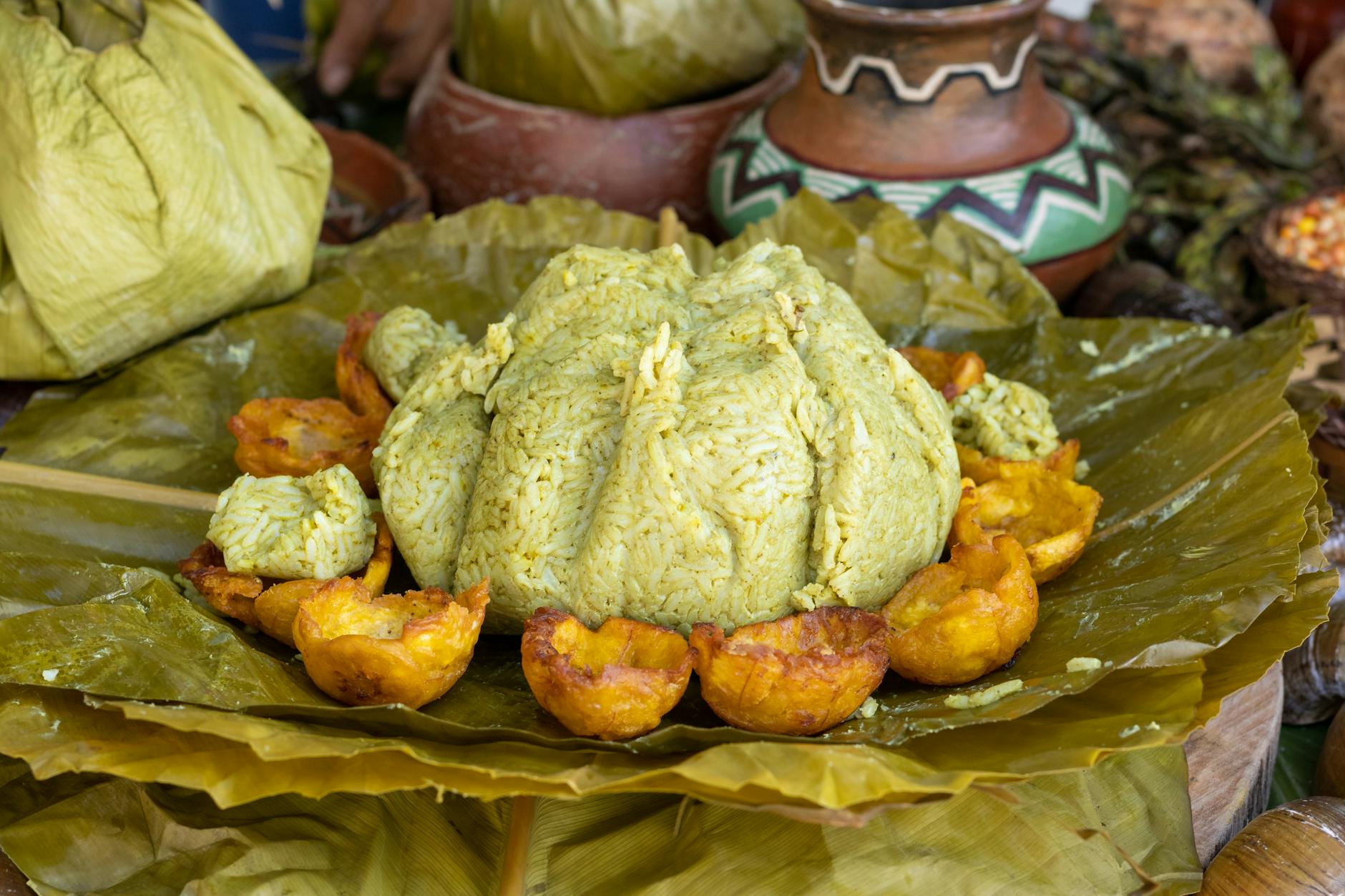
Cultural significance of traditional recipes
Traditional Native American recipes are more than just sustenance; they represent a deep connection to cultural heritage, spiritual beliefs, and ancestral wisdom. These dishes often reflect the harmony between humans and nature, emphasizing the importance of sustainable practices and respect for the land. Many recipes are intertwined with ceremonies, celebrations, and healing rituals, serving as a powerful means of preserving indigenous identity and passing down cultural knowledge.
Ingredients unique to Native American cooking
Native American cuisine boasts a diverse array of unique ingredients, many of which are native to the Americas and have been cultivated for thousands of years. Here’s a list of some distinctive ingredients:
- Corn (maize)
- Wild rice
- Squash varieties (e.g., pumpkin, zucchini)
- Beans (e.g., tepary beans, lima beans)
- Chokecherries
- Prickly pear cactus
- Juniper berries
- Sumac
Cooking techniques passed down through generations
Native American cooking techniques have been refined over centuries, resulting in methods that maximize flavor and nutrition while minimizing waste. Here’s a comparison of traditional cooking techniques and their modern counterparts:
| Traditional Technique | Modern Equivalent | Benefits |
|---|---|---|
| Earth oven cooking | Slow cooker | Tenderizes tough meats, preserves nutrients |
| Smoke drying | Food dehydrator | Extends shelf life, concentrates flavors |
| Stone boiling | Pressure cooking | Efficient cooking, retains mineral content |
| Cedar plank grilling | Plank grilling | Imparts unique smoky flavor, keeps food moist |
These time-honored techniques not only produce delicious meals but also reflect the ingenuity and resourcefulness of Native American tribes. By understanding and appreciating these culinary traditions, we can gain valuable insights into sustainable cooking practices and the rich cultural heritage of indigenous peoples.
Three Sisters Stew: A Nutritious Corn, Bean, and Squash Delight
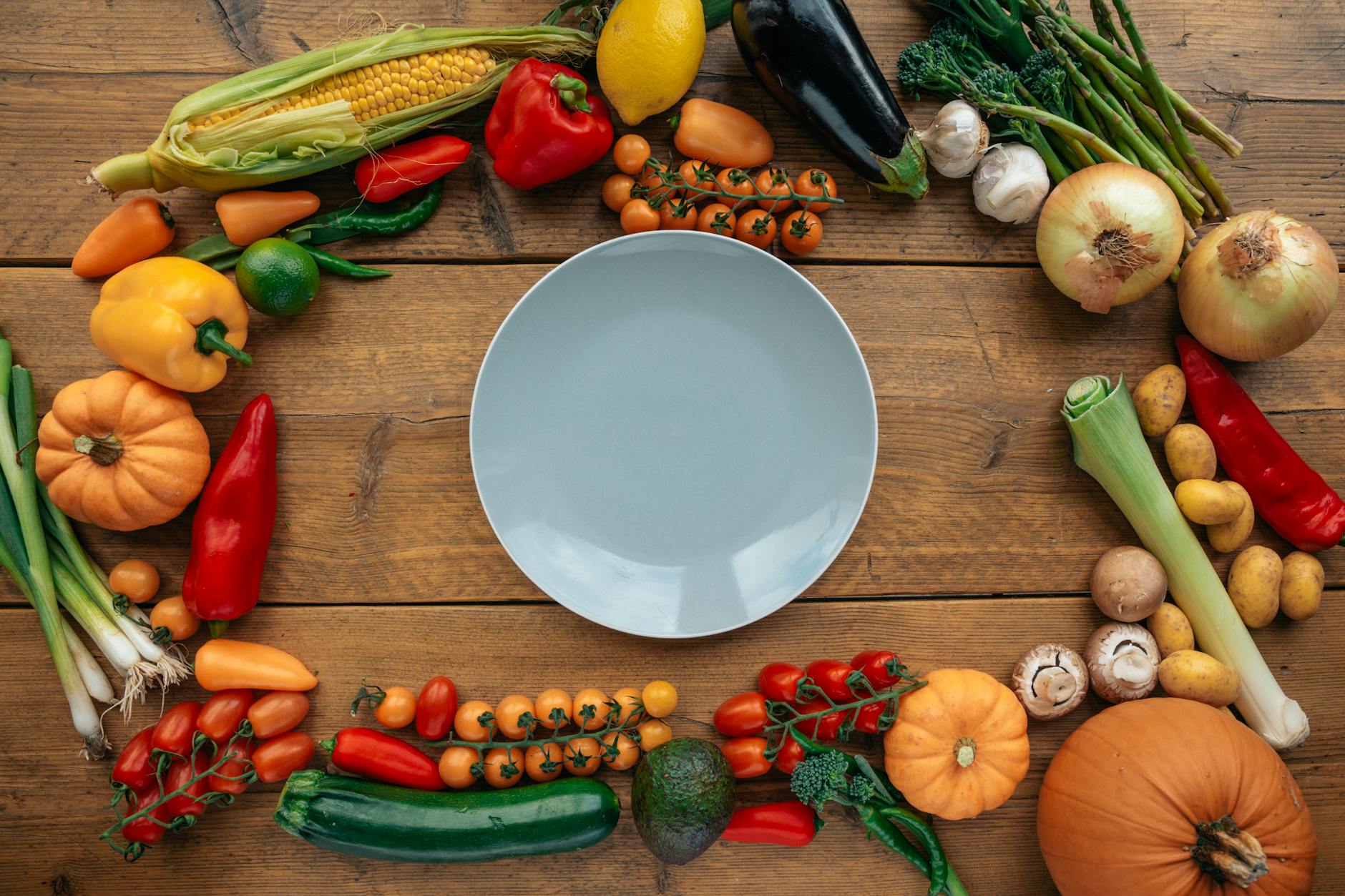
Origins of the Three Sisters companion planting
The Three Sisters companion planting is a testament to the agricultural wisdom of Native American tribes. This ingenious farming technique involves planting corn, beans, and squash together, creating a symbiotic relationship that benefits all three crops. The corn provides a natural trellis for the beans to climb, while the beans fix nitrogen in the soil, nourishing the corn and squash. The squash’s large leaves act as a living mulch, retaining soil moisture and suppressing weeds.
| Crop | Role in Companion Planting |
|---|---|
| Corn | Natural trellis for beans |
| Beans | Nitrogen fixation for soil |
| Squash | Living mulch, weed suppression |
Health benefits of this balanced dish
Three Sisters Stew is not only delicious but also highly nutritious. This balanced dish offers a wide range of health benefits:
- High in protein from the beans
- Rich in complex carbohydrates from corn and squash
- Packed with vitamins and minerals
- Good source of dietary fiber
- Low in fat and calories
Step-by-step recipe instructions
- Sauté diced onions and minced garlic in a large pot
- Add corn kernels, diced squash, and cooked beans
- Pour in vegetable broth and bring to a simmer
- Season with salt, pepper, and traditional herbs like sage or thyme
- Simmer for 20-25 minutes until vegetables are tender
- Adjust seasoning to taste
Serving suggestions and variations
Serve Three Sisters Stew hot, garnished with fresh herbs. For added authenticity, accompany with fry bread or cornbread. Variations can include adding:
- Diced tomatoes for acidity
- Chili peppers for heat
- Wild rice for extra texture
- Smoked turkey or bison for a non-vegetarian option
This versatile stew can be adapted to suit different tastes while maintaining its core nutritional benefits and cultural significance. Now that we’ve explored this nutritious Native American staple, let’s move on to another iconic dish in indigenous cuisine.
Fry Bread: A Beloved Native American Staple
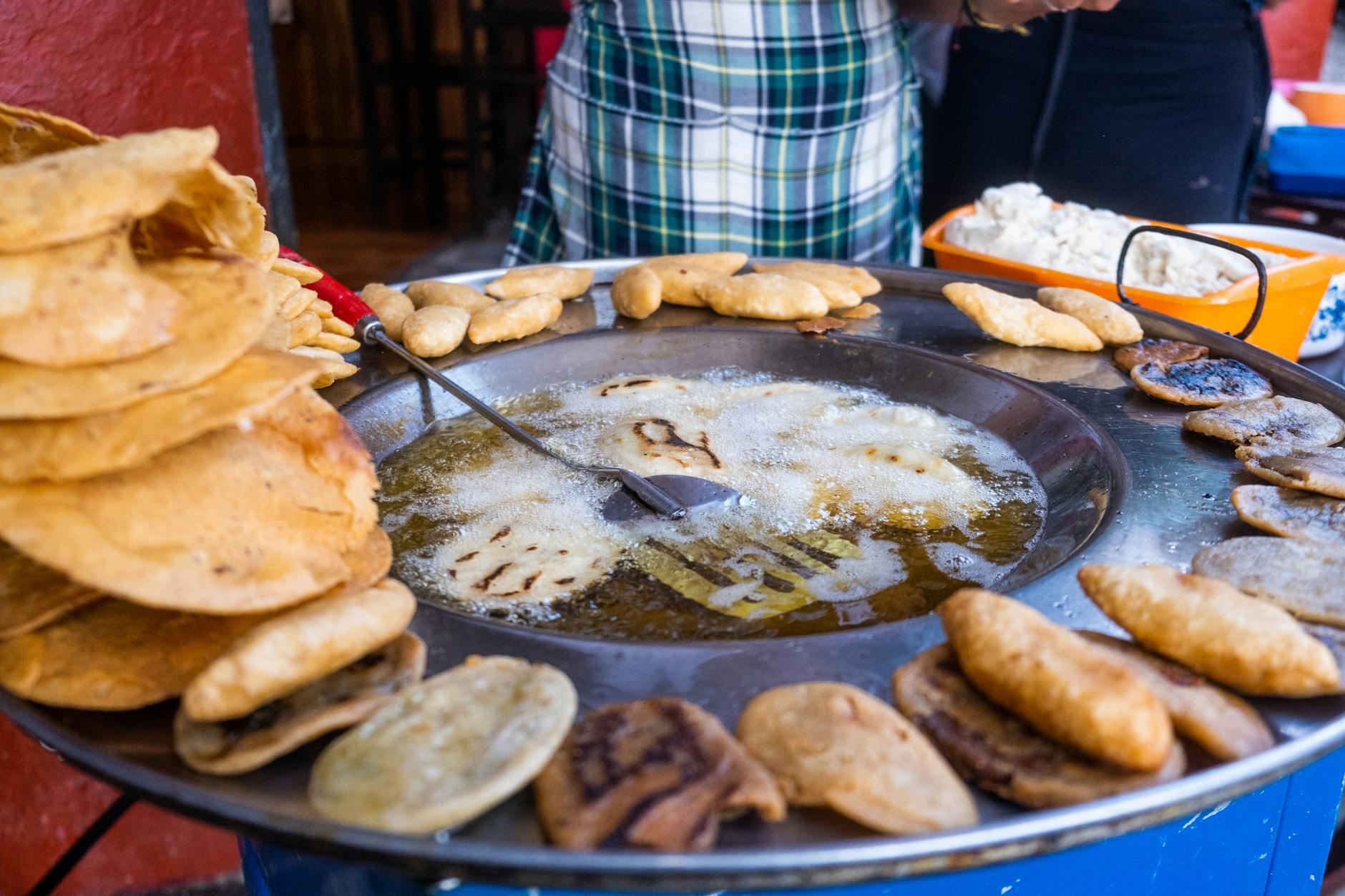
History and controversy surrounding fry bread
Fry bread, a staple in Native American cuisine, has a complex history rooted in both tradition and tragedy. Originating in the 19th century, it emerged as a survival food during the forced relocation of Native Americans. Today, it remains a symbol of resilience and adaptability, but also sparks debates about cultural identity and health concerns.
| Aspect | Description |
|---|---|
| Origin | Created during the “Long Walk” of the Navajo people in the 1860s |
| Symbolism | Represents both survival and oppression |
| Controversy | Debates over its role in Native American health issues |
Essential ingredients and tools
To create authentic fry bread, you’ll need:
- All-purpose flour
- Baking powder
- Salt
- Warm water
- Vegetable oil for frying
Essential tools include:
- Large mixing bowl
- Heavy-bottomed skillet or deep fryer
- Slotted spoon or tongs
Mastering the perfect fry bread technique
- Mix dry ingredients thoroughly
- Gradually add warm water to form a soft dough
- Knead gently and let rest for 30 minutes
- Divide dough into small portions and flatten
- Fry in hot oil until golden brown on both sides
Sweet and savory topping ideas
Fry bread’s versatility shines through its various toppings. For a savory twist, try traditional Navajo tacos with seasoned ground beef, lettuce, tomatoes, and cheese. Sweet options include a dusting of powdered sugar or a drizzle of honey. Get creative with modern variations like fruit compotes or pulled pork for a fusion of flavors.
Now that we’ve explored the beloved fry bread, let’s journey to the Great Lakes region to discover the delightful combination of wild rice and cranberries in our next recipe.
Wild Rice and Cranberry Pilaf: A Taste of the Great Lakes
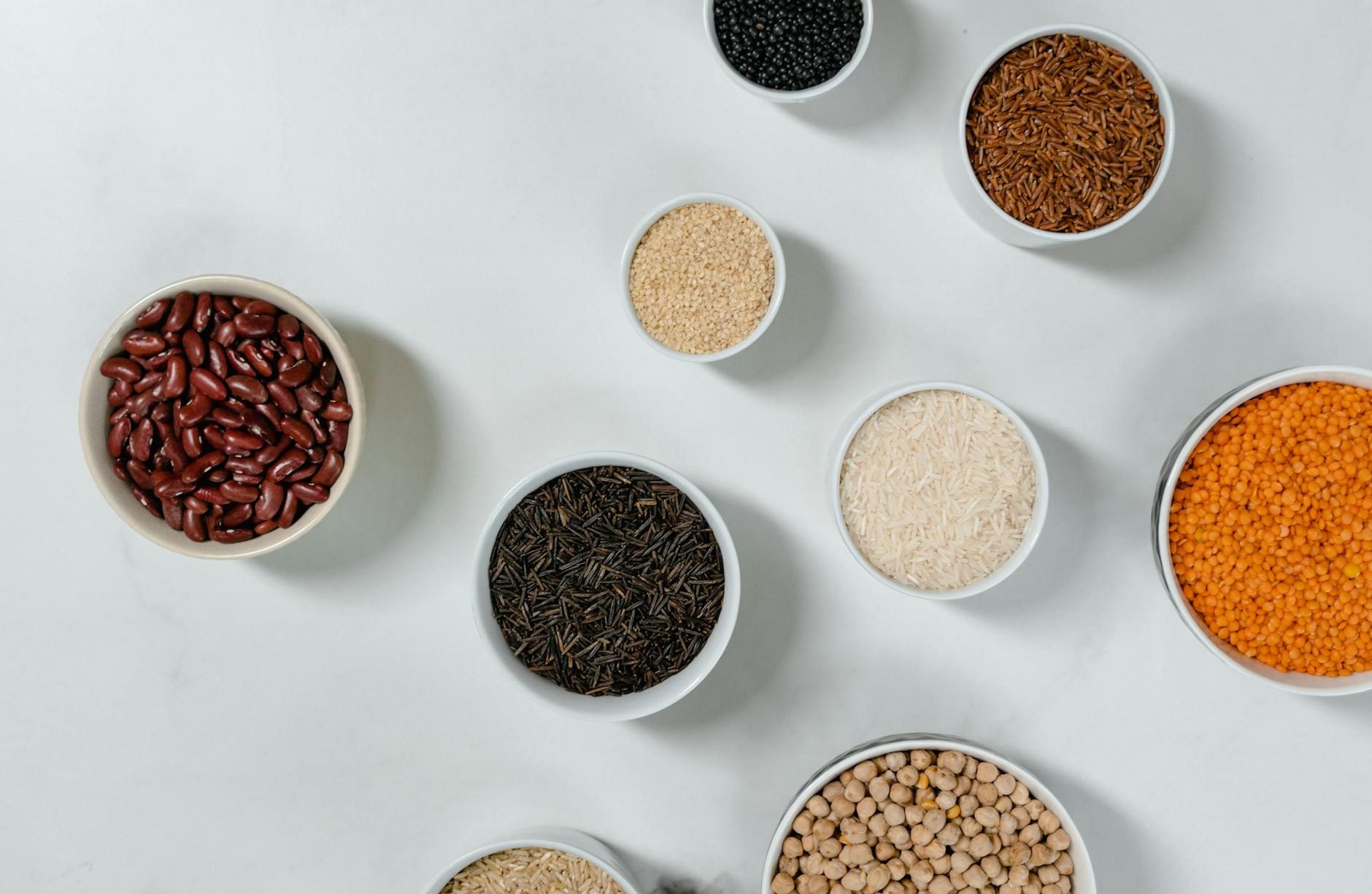
Harvesting and preparing wild rice
Wild rice, a staple of Great Lakes Native American tribes, is traditionally harvested by hand from canoes. The process involves gently bending the rice stalks over the canoe and tapping them to release the grains. After harvesting, the rice is dried, hulled, and winnowed to remove chaff.
Nutritional value of wild rice and cranberries
| Nutrient | Wild Rice | Cranberries |
|---|---|---|
| Protein | High | Low |
| Fiber | High | Moderate |
| Antioxidants | Moderate | Very High |
| Vitamins | B vitamins | Vitamin C |
| Minerals | Zinc, Magnesium | Manganese |
Both ingredients are low in fat and calories, making this pilaf a nutritious choice.
Easy-to-follow recipe guide
- Rinse 1 cup of wild rice thoroughly
- Combine rice with 3 cups of water in a pot
- Bring to a boil, then simmer for 45 minutes
- Add 1 cup of fresh cranberries and cook for 5 more minutes
- Fluff with a fork and let stand for 5 minutes
- Season with salt and herbs to taste
Pairing suggestions for a complete meal
This versatile pilaf pairs well with various dishes:
- Roasted turkey or duck
- Grilled fish, especially walleye or trout
- Sautéed wild mushrooms
- Roasted squash or sweet potatoes
For a truly authentic Native American meal, serve alongside cedar-plank salmon or venison stew. The tartness of the cranberries complements rich, savory dishes beautifully.
Salmon with Cedar Plank: Pacific Northwest Delicacy
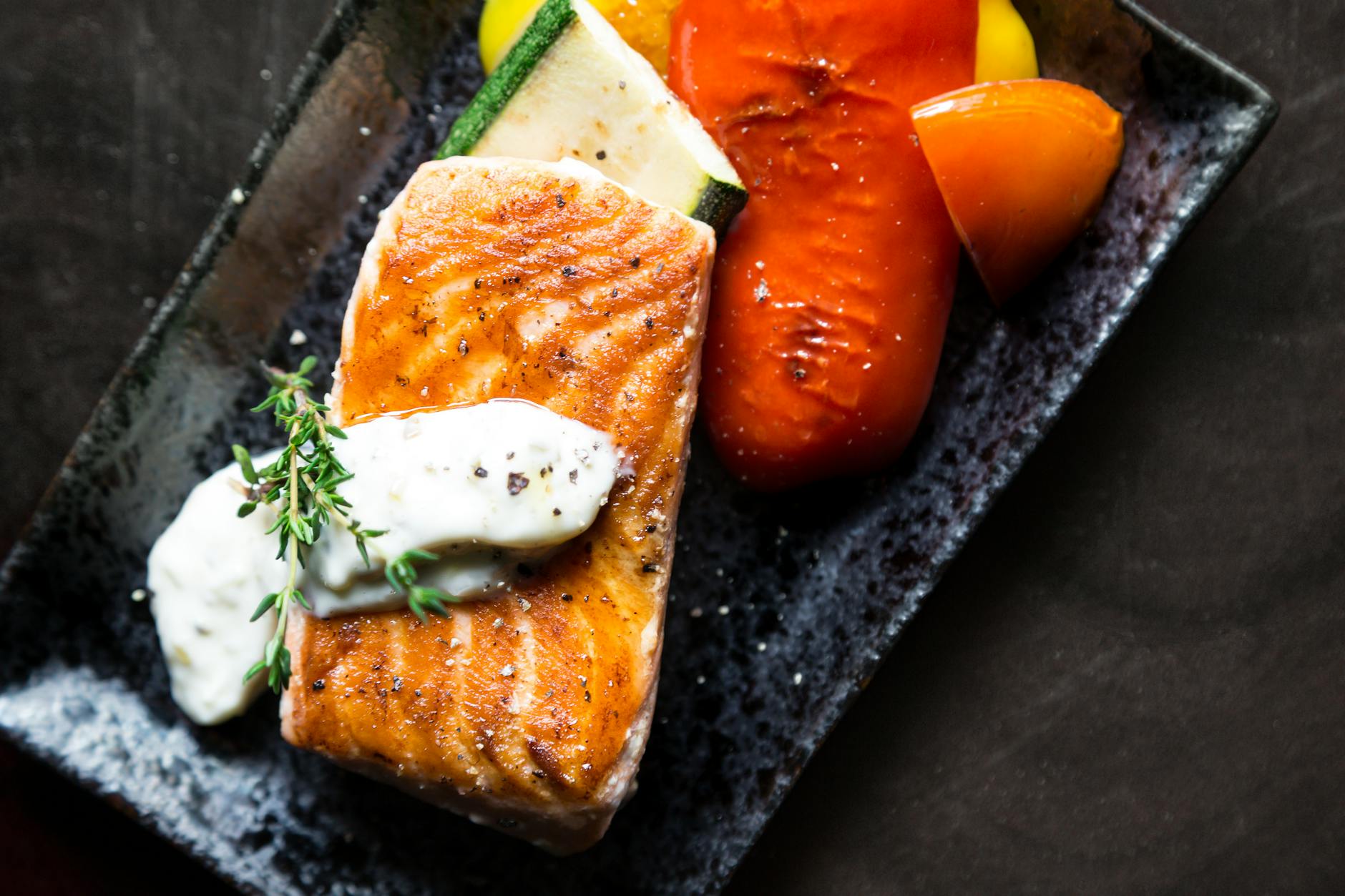
Traditional fishing and preservation methods
Native American tribes in the Pacific Northwest have long relied on salmon as a staple food source. Their traditional fishing methods include:
- Fish traps and weirs
- Dip nets and spears
- Gill nets and seine nets
To preserve the salmon, tribes used techniques such as:
- Smoke-drying
- Sun-drying
- Salting
| Method | Process | Shelf Life |
|---|---|---|
| Smoke-drying | Expose salmon to wood smoke | Up to 1 year |
| Sun-drying | Air-dry in the sun | 3-6 months |
| Salting | Coat with salt | Several months |
Selecting and preparing the cedar plank
Choose a high-quality, untreated cedar plank for the best flavor. Soak the plank in water for at least 2 hours before cooking to prevent burning. This process also helps infuse the salmon with a subtle cedar aroma.
Marinating and cooking the salmon
Create a marinade using ingredients like:
- Lemon juice
- Garlic
- Honey
- Soy sauce
Marinate the salmon for 30 minutes to 2 hours. Preheat the grill and place the soaked cedar plank on it. Lay the marinated salmon on the plank and cook for 12-15 minutes, or until it flakes easily with a fork.
Accompaniments to enhance the dish
Complement the cedar-planked salmon with traditional Native American side dishes such as:
- Wild rice pilaf
- Roasted root vegetables
- Berry compote
These accompaniments not only enhance the flavors of the salmon but also provide a well-rounded meal that showcases the diversity of Pacific Northwest indigenous cuisine. Now that we’ve explored this delectable salmon dish, let’s move on to another Native American culinary treasure: pemmican, the original energy bar.
Pemmican: The Original Energy Bar
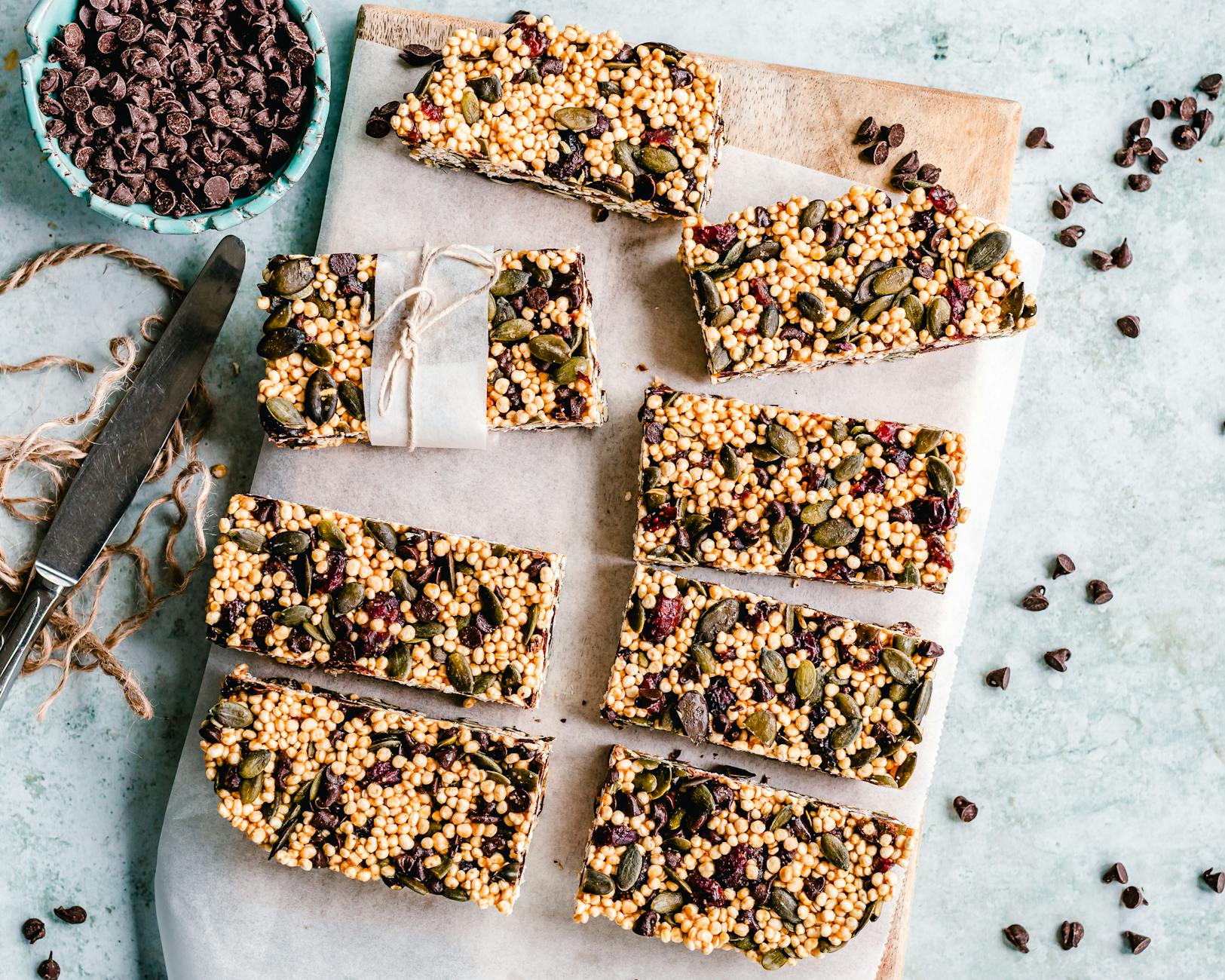
Historical importance of pemmican for Native tribes
Pemmican, often referred to as the original energy bar, played a crucial role in the survival and sustenance of Native American tribes. This nutrient-dense food was invaluable during long hunting expeditions, harsh winters, and times of scarcity. Its high caloric content and long shelf life made it an essential staple for many tribes, particularly those in the Great Plains region.
- Key benefits of pemmican for Native tribes:
- Portable and lightweight
- Long-lasting (up to several years when properly prepared)
- Nutritionally complete (protein, fat, and essential nutrients)
- Versatile (could be eaten as-is or rehydrated into stews)
Traditional vs. modern ingredients
| Traditional Ingredients | Modern Alternatives |
|---|---|
| Lean meat (bison, elk) | Beef, turkey, venison |
| Animal fat | Coconut oil, ghee |
| Dried berries | Dried cranberries, goji berries |
| Herbs and spices | Salt, pepper, garlic powder |
Step-by-step preparation process
- Dry thin strips of lean meat in the sun or over low heat
- Pound the dried meat into a fine powder
- Render animal fat until liquid
- Mix the powdered meat with melted fat (ratio: 1:1)
- Add dried berries and herbs (optional)
- Press the mixture into small cakes or bars
- Allow to cool and solidify
Creative ways to incorporate pemmican into modern diets
Pemmican’s nutrient density makes it an excellent addition to contemporary diets, especially for outdoor enthusiasts and health-conscious individuals. Some innovative ways to enjoy this traditional food include:
- Energy bites: Shape pemmican into small balls for quick, on-the-go snacks
- Trail mix: Crumble pemmican and mix with nuts and seeds for a protein-packed hiking snack
- Soup base: Use pemmican as a flavorful and nutritious foundation for hearty soups and stews
- Spread: Soften pemmican and use as a savory spread on crackers or bread
By exploring these modern adaptations, we can honor the ingenuity of Native American tribes while enjoying the benefits of this time-tested superfood. Next, we’ll wrap up our culinary journey through Native American cuisine and reflect on the importance of preserving these traditional recipes.
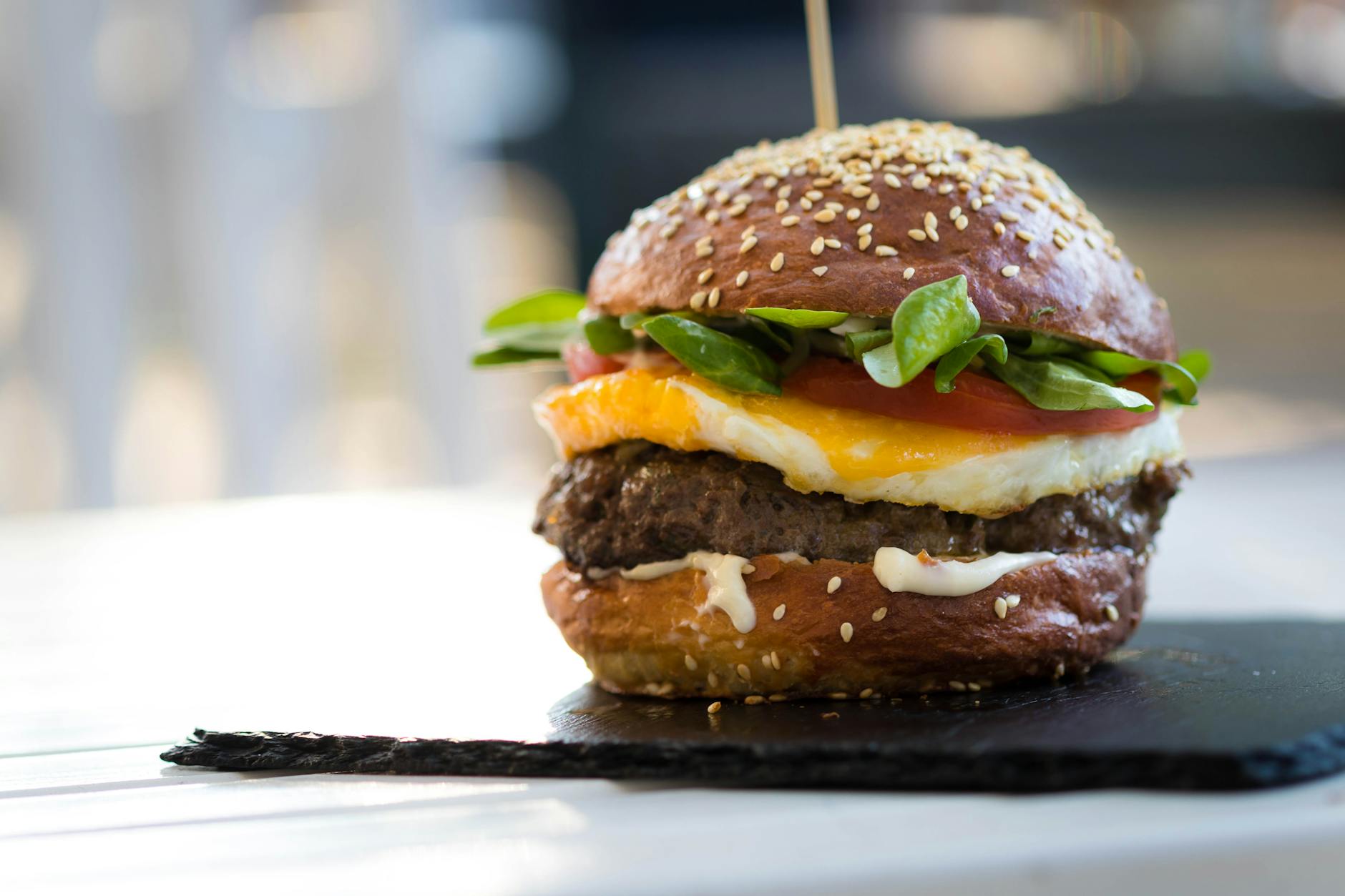
Native American cuisine offers a diverse and flavorful culinary experience that reflects the rich cultural heritage of indigenous tribes across North America. From the hearty Three Sisters Stew to the comforting Fry Bread, these traditional





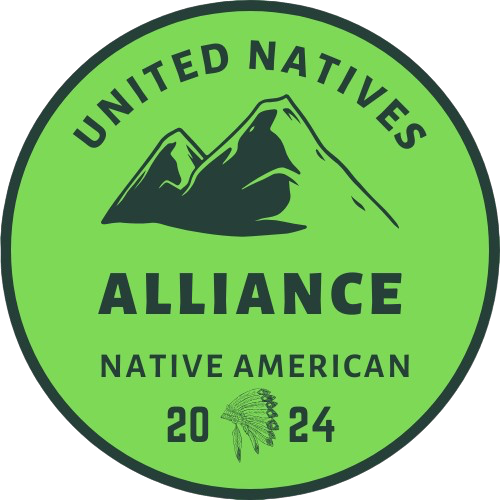
Awesome https://shorturl.at/2breu
Awesome https://shorturl.at/2breu
Awesome https://shorturl.at/2breu
Awesome https://lc.cx/xjXBQT
Very good https://lc.cx/xjXBQT
Very good https://lc.cx/xjXBQT
Very good https://lc.cx/xjXBQT
Good https://lc.cx/xjXBQT
Awesome https://short-url.org/10VGf
Awesome https://t.ly/tndaA
Good https://rb.gy/4gq2o4
Awesome https://is.gd/N1ikS2
Awesome https://is.gd/N1ikS2
Good https://is.gd/N1ikS2
Very good https://is.gd/N1ikS2
Good https://is.gd/N1ikS2
Good https://is.gd/N1ikS2
Good https://is.gd/N1ikS2
Very good https://is.gd/N1ikS2
Very good https://is.gd/N1ikS2
Good https://is.gd/N1ikS2
Awesome https://is.gd/N1ikS2
Awesome https://is.gd/N1ikS2
Awesome https://is.gd/N1ikS2
Good https://is.gd/N1ikS2
Awesome https://is.gd/N1ikS2
Awesome https://is.gd/N1ikS2
Very good https://is.gd/N1ikS2
Awesome https://is.gd/N1ikS2
Very good https://is.gd/N1ikS2
Very good https://shorturl.fm/TbTre
Awesome https://shorturl.fm/A5ni8
https://shorturl.fm/XIZGD
https://shorturl.fm/a0B2m
https://shorturl.fm/5JO3e
https://shorturl.fm/I3T8M